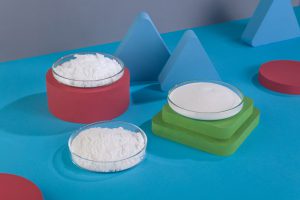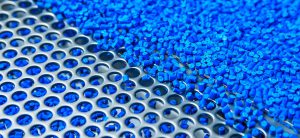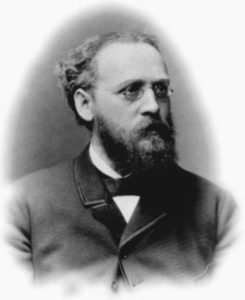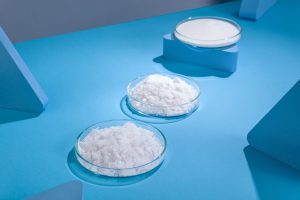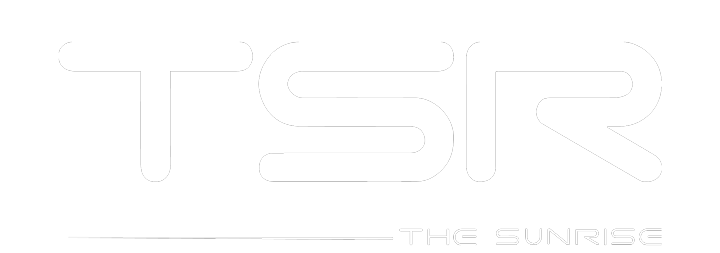The research and development (R&D) process in the polymer and chemical industries encompasses various stages and activities aimed at discovering, developing, and improving products. Furthermore, research and development are not limited to new products; processes, technologies, and equipment themselves can also undergo research and development in the polymer and chemical industries.
Continuing with the process, let’s briefly review the stages of research and development:
Idea Generation: Typically, research and development start with new ideas. Researchers or engineers identify areas with potential for exploration, innovation, and development. These ideas can originate from market demands, environmental sustainability goals, equipment improvements, or other factors.
Research Planning: Once an idea is selected and finalized, a research plan is developed. This plan includes desired outcomes, objectives, scale, budget, and other relevant details.
Literature Review: Conducting a literature review is similar to what happens in academic research. It helps identify research opportunities, in addition to gathering existing information and knowledge. This process aids in formulating and planning research based on these identified opportunities.
Experimental Design: Researchers design experiments through which they can investigate the feasibility, validity, and reliability of their research ideas. This stage may involve developing new processes, testing new materials, or assessing the performance of products under different conditions.
Data Collection and Analysis: During experiments, data and information are collected, recorded, and analyzed. This includes evaluating the physical, chemical, and functional properties of materials or processes. Statistical analyses are also a critical part of this process, as they can provide meaningful results.
Prototype and Pilot Study: If the results of previous phases are positive, researchers can move into the prototype phase and closely simulate production capabilities. They test whether, under real manufacturing conditions, they can achieve adequate performance and functionality in the factory or not.
Product Development: Once the performance and feasibility of producing a product are confirmed, researchers and engineers begin researching the final product’s development. This phase involves optimizing the final product’s formulation, improving production techniques, and identifying all production errors and mistakes.
Testing and Validation: Despite repeated testing and experiments at various stages, it is necessary to evaluate the results in line with standards, indicators, customers, and regulations.
Scalability and Commercialization: When a product successfully passes tests and experiments, it’s time to start the commercialization process, including mass production and market launch. During this phase, actions such as optimization, cost evaluation, and ensuring scalability are also carried out.
Continuous Improvement: The research and development process doesn’t end even after commercialization. Efforts for improvement, optimization, cost reduction, and more will continue to ensure that the final product maintains its competitive advantages in the market compared to competitors.It’s important to note that the research and development process and its stages can vary significantly in the polymer industry depending on the type of product, goals, and requirements. Additionally, collaboration with universities and industry organizations can play a significant role in research and development.


